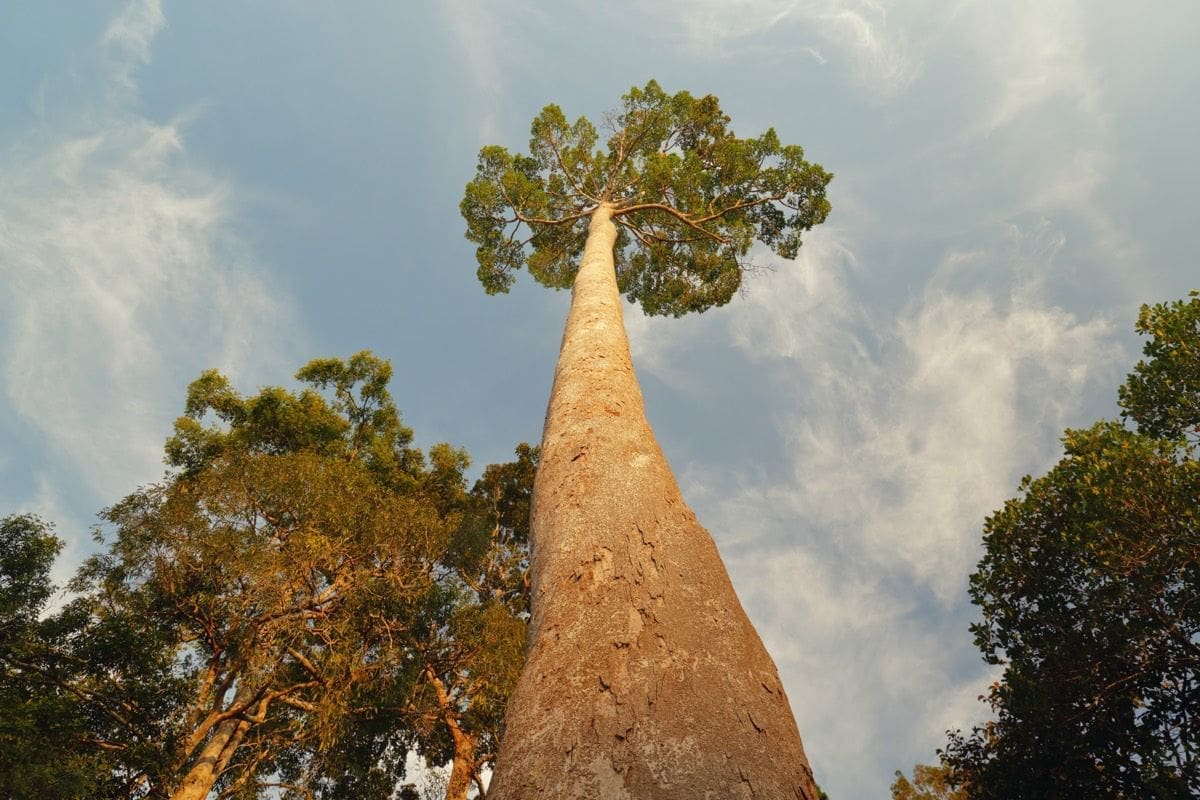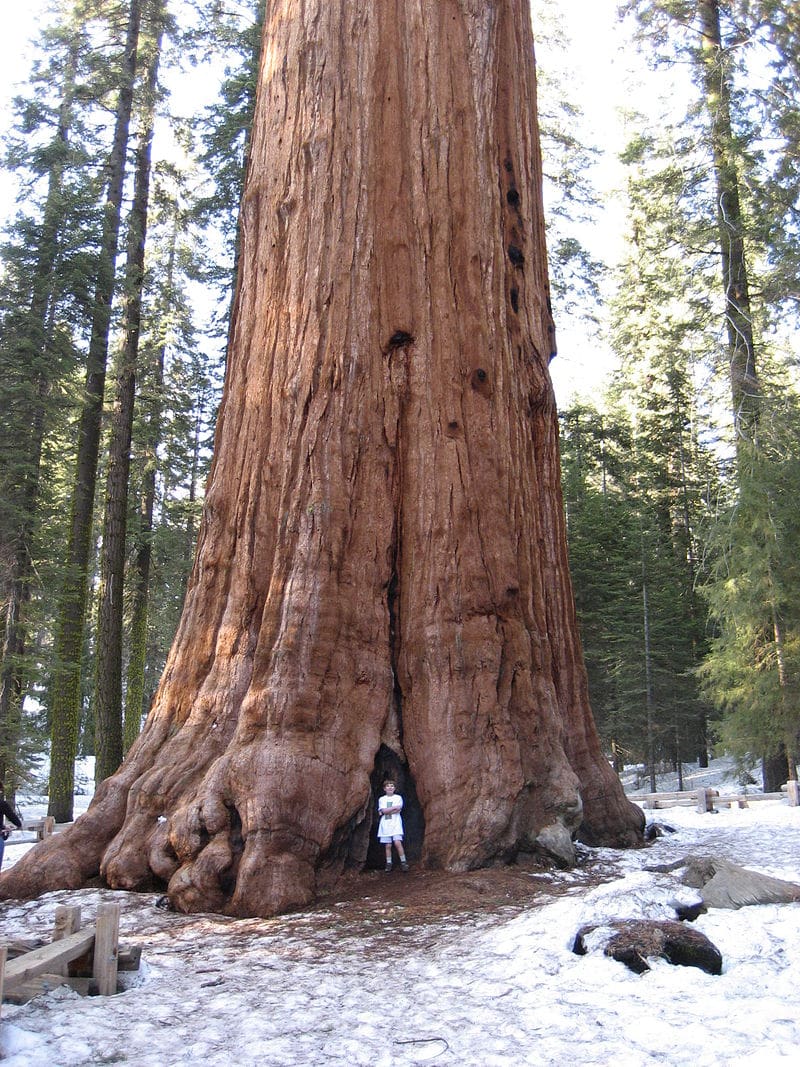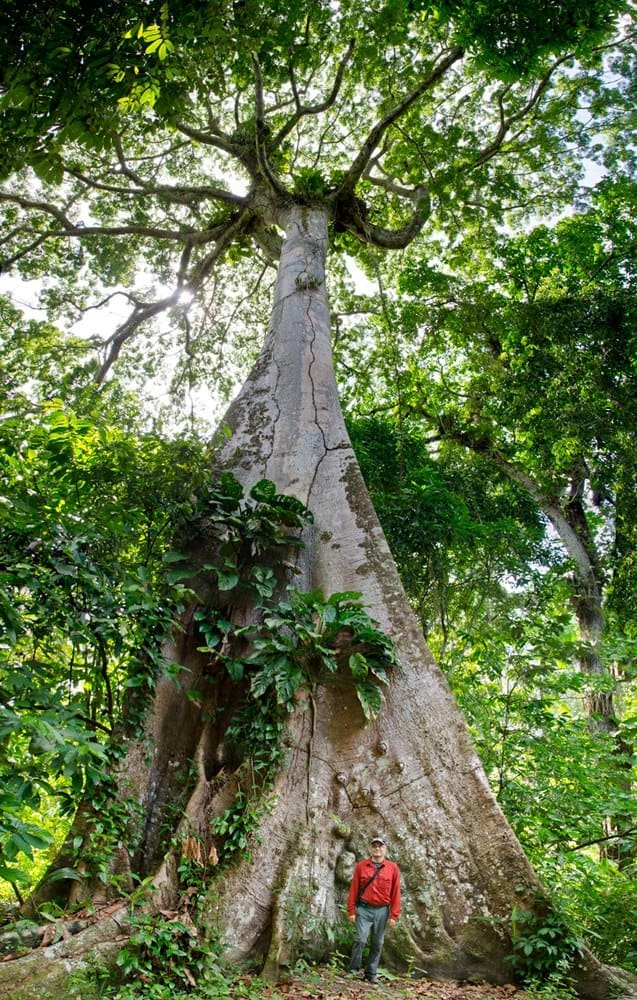They’ve towered over Earth for centuries, silent witnesses to time, history, and change. Where are the tallest trees in the world, and why do they fascinate us so much?
Standing at the base of one of the tallest trees in the world is an unforgettable feeling. These trees are so massive, their trunks so wide, it’s hard to believe they’re real. They rise far above the forest floor, disappearing into the clouds. For centuries, they’ve grown quietly, watching the world around them change. Today, they draw visitors from all over the world who come to see nature at its most incredible.
Most of these giants live in the United States, but you’ll find a few scattered in other parts of the world—in Asia, Australia, and South America. They’re more than just trees. They’re reminders of how powerful and resilient nature can be. And when you stand beneath one, you can’t help but feel small. You also can’t help but wonder how something so old has survived for so long.
The Tallest Trees in the World
1. Coast Redwood (Hyperion) – 379 ft 7 in (116.07 m), California, USA
Deep in Northern California’s Redwood National Park stands Hyperion, the tallest tree in the world. At nearly 380 feet, it’s taller than the Statue of Liberty. However, you’ll never see it unless you know exactly where to look.
When naturalists Chris Atkins and Michael Taylor discovered Hyperion in 2006, its size stunned the world. To protect the tree, its exact location was kept secret. Too many visitors could harm its roots or the fragile ground around it. For now, Hyperion remains hidden in the dense forest.
Redwoods are the ultimate symbols of longevity. Many of these trees are over 2,000 years old. Their bark is thick, almost fireproof, allowing them to survive wildfires that destroy other trees. Hyperion, like its neighbors, has stood through centuries of storms, fires, and change. It’s a living reminder of what nature can create when left alone.
If you visit Redwood National and State Parks, you won’t find Hyperion. But you’ll still be amazed. Drive along the Newton B. Drury Scenic Parkway or hike through groves of towering redwoods.

2. Himalayan Cypress – 335 ft 7 in (102.3 m), Tibet
Far from California, in the remote forests of Tibet, stands the Himalayan Cypress—the second tallest tree in the world. This tree grows at an altitude where few other plants can thrive, surrounded by rugged landscapes and thin air.
The Himalayan Cypress isn’t just tall; it’s ancient, too. Locals consider it sacred, and these trees have been part of Tibetan culture and spirituality for generations. They are seen as symbols of strength, endurance, and peace. Visitors to this region often describe feeling an overwhelming sense of calm while standing in their presence.
Reaching the Himalayan Cypress is no easy task. The forests are remote, and the journey involves navigating high-altitude roads and rough terrain. But for those willing to make the effort, the reward is unforgettable.
The stillness of the forest, the crisp mountain air, and the sight of these towering giants make it a truly spiritual experience.

3. Yellow Meranti (Menara) – 330 ft 5 in (100.8 m), Borneo, Malaysia
Hidden in the lush rainforests of Sabah, Malaysia, stands Menara—the tallest tree in Asia and the third tallest in the world. Menara is a Yellow Meranti, a species native to Southeast Asia’s tropical rainforests. It stretches over 330 feet into the sky, surrounded by rich greenery and the sounds of the jungle.
What makes Menara even more impressive is how it was discovered. Scientists found it in 2019 using drone technology and laser mapping—proof that even today, nature can still surprise us. The tree’s name, which means “tower” in Malay, perfectly fits its commanding presence.
Menara’s home, the Danum Valley Conservation Area, is one of the most biodiverse places on Earth. The forest is teeming with wildlife, including orangutans, pygmy elephants, and countless species of birds. For conservationists, Menara is more than just a tall tree. It’s a symbol of what’s at stake in the fight to protect Borneo’s rainforests from deforestation and logging.
Visitors to the Danum Valley can experience this incredible environment firsthand. Guided treks through the jungle bring you face-to-face with ancient trees, exotic animals, and the overwhelming beauty of the rainforest.

4. The Centurion (Mountain Ash) – 329 ft 9 in (100.5 m), Tasmania, Australia
In Tasmania’s deep, green forests stands Centurion, the tallest tree in Australia. At just over 329 feet, this Mountain Ash tree is a giant among giants. Its name, “Centurion,” reflects its commanding presence—strong, tall, and impossible to miss in its natural habitat.
Mountain Ash trees, also known as Eucalyptus Regnans, rely on fire to release their seeds. Yet, too much fire can destroy them entirely. For Centurion to have grown to this height, it has withstood fires, storms, and harsh Australian weather for centuries.
The tree was discovered in 2008 during an aerial survey. Since then, it has become a point of pride for Tasmania, drawing nature lovers and conservationists alike.
Visitors to this part of Australia can explore hiking trails that wind through lush forests, where Mountain Ash trees stand tall alongside native wildlife.

5. Sitka Spruce – 328 ft 9 in (100.2 m), California, USA
Back in the United States, the fifth tallest tree in the world is a Sitka Spruce. Found along the misty coasts of California, Sitka Spruce trees thrive in damp, cool climates. At just under 329 feet, this particular tree is a standout even among its impressive peers.
Sitka Spruce trees are known for their straight trunks and long, sweeping branches. They’re vital to the ecosystems they inhabit, providing homes for birds, insects, and small mammals. Historically, these trees were also used by Indigenous communities for building canoes and shelters, thanks to their strong yet flexible wood.
Visiting the forests where Sitka Spruce trees grow is an otherworldly experience. The air is thick with moisture, the ground soft with moss, and the trees tower above like natural cathedrals.

6. Coast Douglas-Fir (Doerner Fir) – 327 ft 5 in (99.7 m), Oregon, USA
Oregon is home to the Doerner Fir, the sixth tallest tree in the world and the tallest Coast Douglas-Fir ever recorded. At 327 feet, this tree is a towering example of the beauty and strength of the Pacific Northwest forests. Coast Douglas-Firs are some of the most iconic trees in the region, known for their straight trunks and needle-like leaves.
The Doerner Fir stands in a quiet, remote forest in Coos County, Oregon. It’s not as famous as the redwoods, but it’s just as awe-inspiring. Visiting this giant means heading off the beaten path—a trek that rewards you with the chance to stand in the shadow of a tree that has likely been growing for hundreds of years.
Douglas-Firs have long been important to local ecosystems and economies. Their wood is prized for its strength, making them a key resource for construction. But the Doerner Fir, like many of its kind, remains protected.

7. Giant Sequoia – 311 ft (94.8 m), California, USA
Giant Sequoias may not be the tallest trees on Earth, but they are the largest by sheer volume. The tallest of them all stands 311 feet high in California’s Sequoia National Park. Known for their enormous girth and reddish bark, Giant Sequoias are some of the most iconic trees in the world.
These giants grow in groves, scattered across the Sierra Nevada mountains. The most famous among them is the General Sherman Tree, the largest living tree on Earth by volume. Standing next to one of these giants feels like stepping into a storybook. The trunks are so massive, it’s almost impossible to wrap your mind around their size.
Giant Sequoias are incredibly tough, with thick bark that helps them survive fires. Like the redwoods, they can live for thousands of years. Visitors to Sequoia National Park can walk along well-maintained trails to get up close to these incredible trees.

8. Noble Fir – 295 ft (89.9 m), Washington, USA
The Noble Fir, found in the forests of Washington state, is the eighth tallest tree in the world. At just under 300 feet, it’s one of the tallest trees in the Pacific Northwest. Known for their tall, straight trunks and symmetrical branches, Noble Firs are often used as Christmas trees—though the tallest of them are far too massive to fit in anyone’s home.
Noble Firs thrive in the cool, wet climate of the Northwest. They play a key role in the region’s ecosystems, providing habitat for birds, insects, and mammals. Their wood is also highly valued for its strength and lightweight properties, making it popular for construction and woodworking.
Visitors to Washington’s old-growth forests can see these impressive trees in their natural habitat. The towering trunks and peaceful forest surroundings create a sense of calm and wonder.

9. Manna Gum – 292 ft (89 m), Tasmania, Australia
The Manna Gum, found in Tasmania’s cool forests, is the ninth tallest tree in the world. At 292 feet, this eucalyptus species is a true giant of the Australian wilderness. Manna Gums are known for their smooth, white trunks that shed bark in ribbons, creating a patchy, ghost-like appearance.
These trees are vital to the ecosystem, providing food and shelter for native animals like koalas, which feed on their leaves. Manna Gums are also resilient, surviving harsh conditions and playing a role in restoring damaged landscapes.
Visitors to Tasmania’s forests can walk beneath these towering trees and enjoy the quiet beauty of their surroundings.

10. Dinizia Excelsa – 290 ft (88.5 m), Brazil
In the heart of the Amazon rainforest, the Dinizia Excelsa claims its place as the tenth tallest tree in the world. At 290 feet, this giant towers above the dense jungle canopy, a symbol of the Amazon’s incredible biodiversity.
Dinizia Excelsa trees are part of the legume family, known for their strong wood and towering height. They grow in some of the most remote parts of the rainforest, surrounded by countless species of plants and animals.
Reaching these trees is no easy feat. Visitors must venture deep into the Amazon, often by boat or through challenging treks. But those who make the journey are rewarded with a view of one of the world’s most pristine natural environments.

